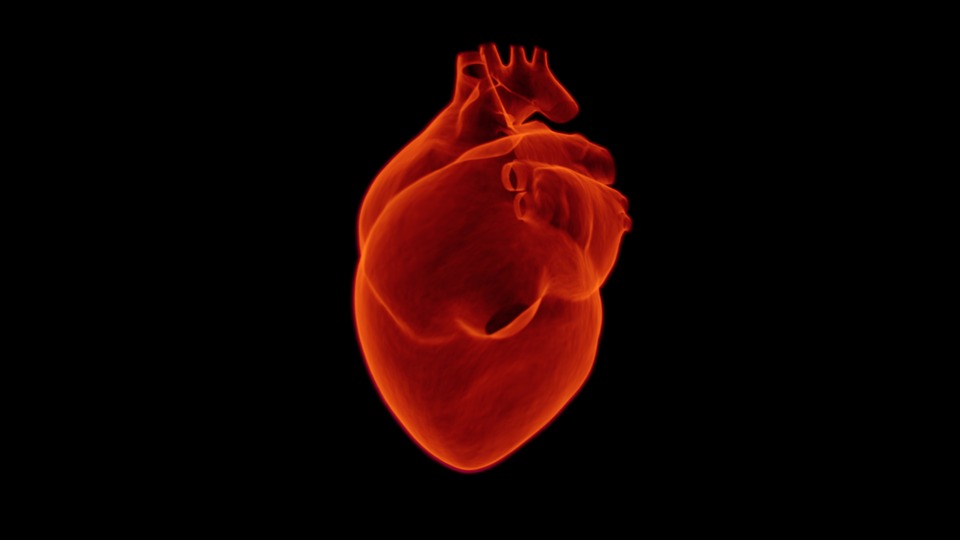Drugs used to treat initial signs of rheumatoid arthritis also improve the early stages of heart disease, according to new research

Drugs used to treat initial signs of rheumatoid arthritis also improve the early stages of heart disease, according to new research.
Having rheumatoid arthritis (RA) is known to at least double the chances of developing cardiovascular disease (CVD) – one of the main causes of death and disability in the UK – because of links to atherosclerosis (a build-up of plaque inside the arteries), heart failure and strokes.
A two-year study by the University of Leeds has for the first time linked treatment of RA with improvements in vascular stiffness – an indicator of CVD.
The findings could influence treatment of the UK’s 400,000 RA sufferers – particularly those who have just developed the condition – and highlights the need to consider the increased risk factor of CVD for those patients.
The study, published in Annals of the Rheumatic Diseases, was jointly led by Sven Plein, Professor of Cardiology at Leeds’ School of Medicine, and Maya Buch, Professor of Rheumatology, formerly at Leeds and now at the University of Manchester.
The team had set out to explore possible connections between the very earliest signs of RA and indicators of CVD.
At the start of the study, detailed MRI heart scans were given to 82 patients with no known heart issues.
The scans revealed the presence of increased vascular stiffness in the aorta, which is a gradual loss of elasticity in the large arteries, compared to healthy people.
There was also evidence of cardiac scarring and changes in the wall of the left ventricle (the heart’s main pumping chamber), suggesting heart abnormalities had started before the RA diagnosis.
Professor Plein said: “Our research shows that even at the earliest stages of rheumatoid arthritis, there is increased vascular stiffness in people with no or minimal traditional CVD risk factors such as hypertension, high cholesterol or smoking.”
After their initial scans, the 82 patients were given one of two RA drug courses. After a year of treatment, further scans were then carried out on 71 of the patients.
The scans revealed that the vascular stiffness of the aorta (the main artery) had improved during the RA therapy.
Professor Plein added: “The rheumatoid arthritis treatment improved vascular stiffness, regardless of how the patient responded to the RA medication.
“These improvements in vascular stiffness independently of response to RA treatment were unexpected.
“They imply that, in addition to suppressing inflammation, RA treatments may influence CVD risk through other means, possibly through changes to metabolic profile and direct effect on the processes of heart and vascular disease.
“Our research highlights the importance of commencing treatment of RA early in order to also lessen the risk of developing CVD.”
Rheumatoid arthritis itself typically affects the hands, wrists and feet, causing swelling, stiffness and pain in joints.
Although incurable, early diagnosis and treatment with DMARDs (disease-modifying antirheumatic drugs) can effectively control the condition, which is more likely to occur in women, smokers and those with a family history of the illness.
The inflammation of RA is also considered to contribute to increased CVD risk, although disturbances in lipid and glucose metabolism may also play a role.
The new research, funded by NIHR EME (National Institute for Health Research Efficacy Mechanism Evaluation) was carried out with the rheumatology and cardiology departments of Leeds Teaching Hospitals NHS Trust.
Research joint lead Professor Maya Buch, said: “Identifying patients at the earliest stage of RA with most risk of CVD is important to inform management strategy.
“The benefits of RA treatment on CVD extend beyond traditional suppression of inflammation. Until further data are acquired, these data also suggest we should be cautious if considering a reduction in RA therapy (due to good joint control) for concern of risk of CVD progression.
“We now need to ensure the link between early RA and CVD morbidity remains a central area of research, and work towards tailoring therapies to address both RA joint disease and associated CVD.”